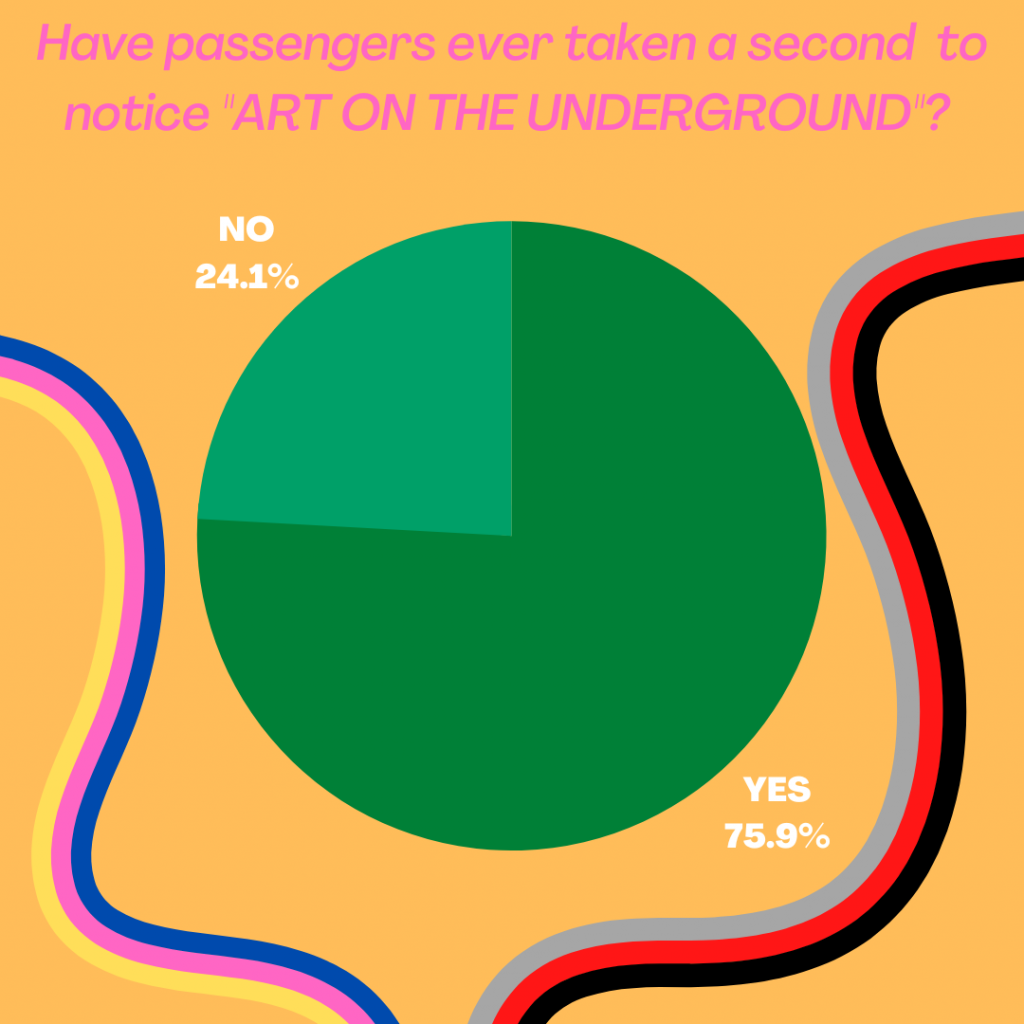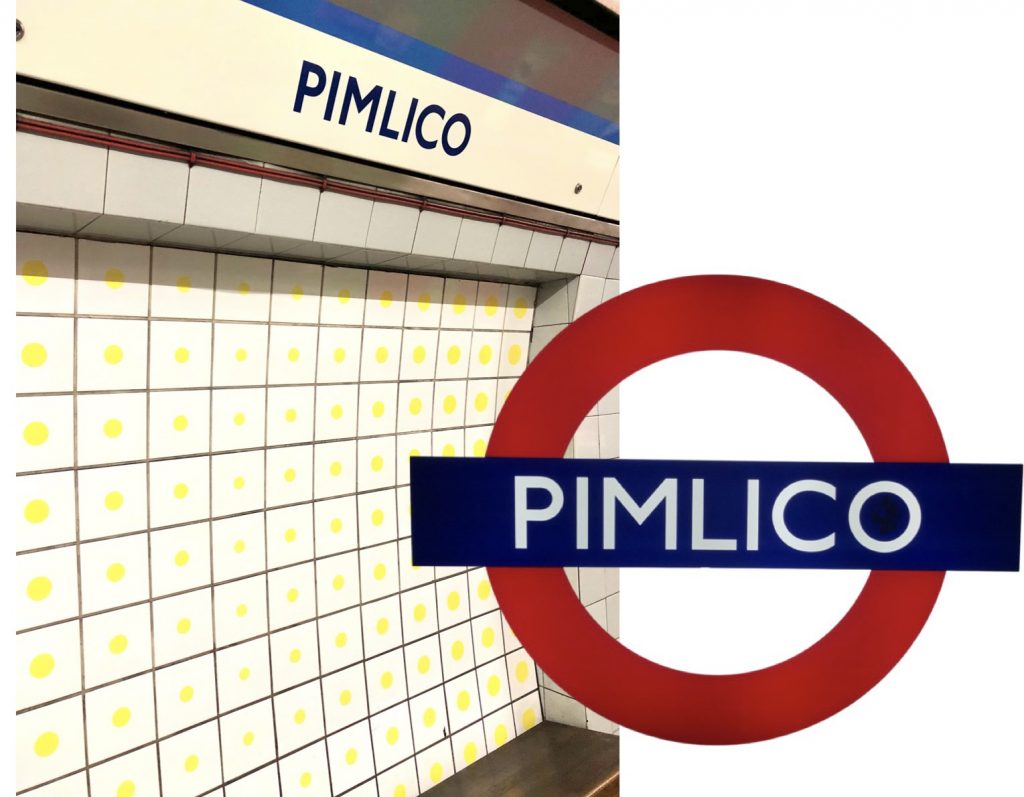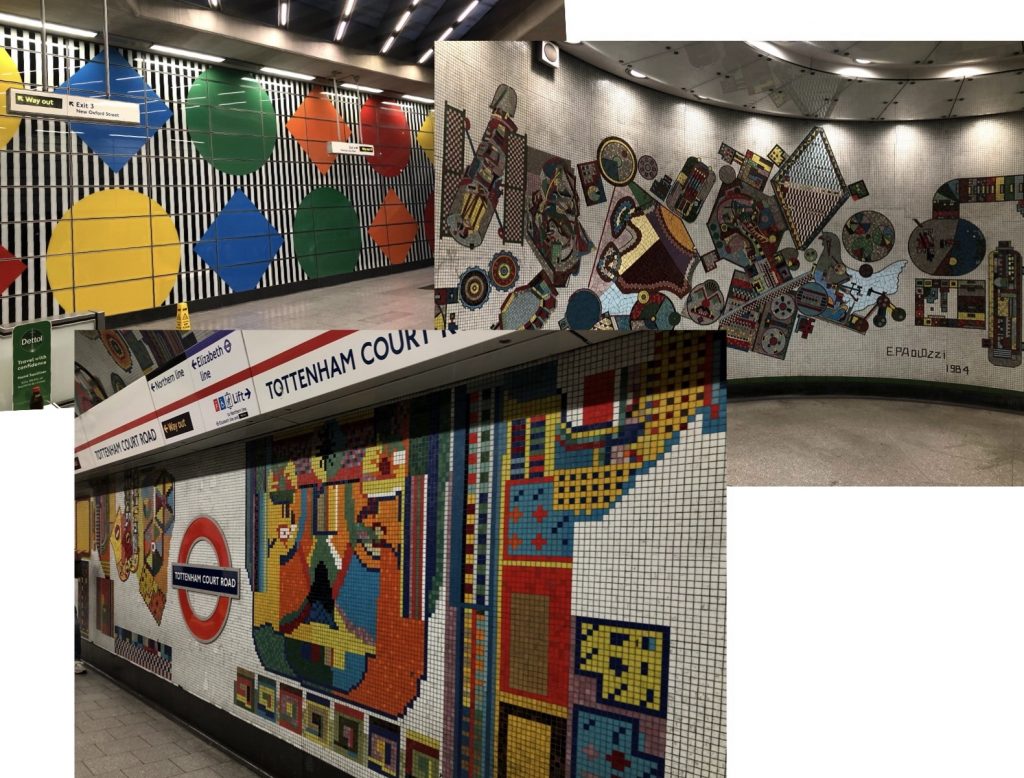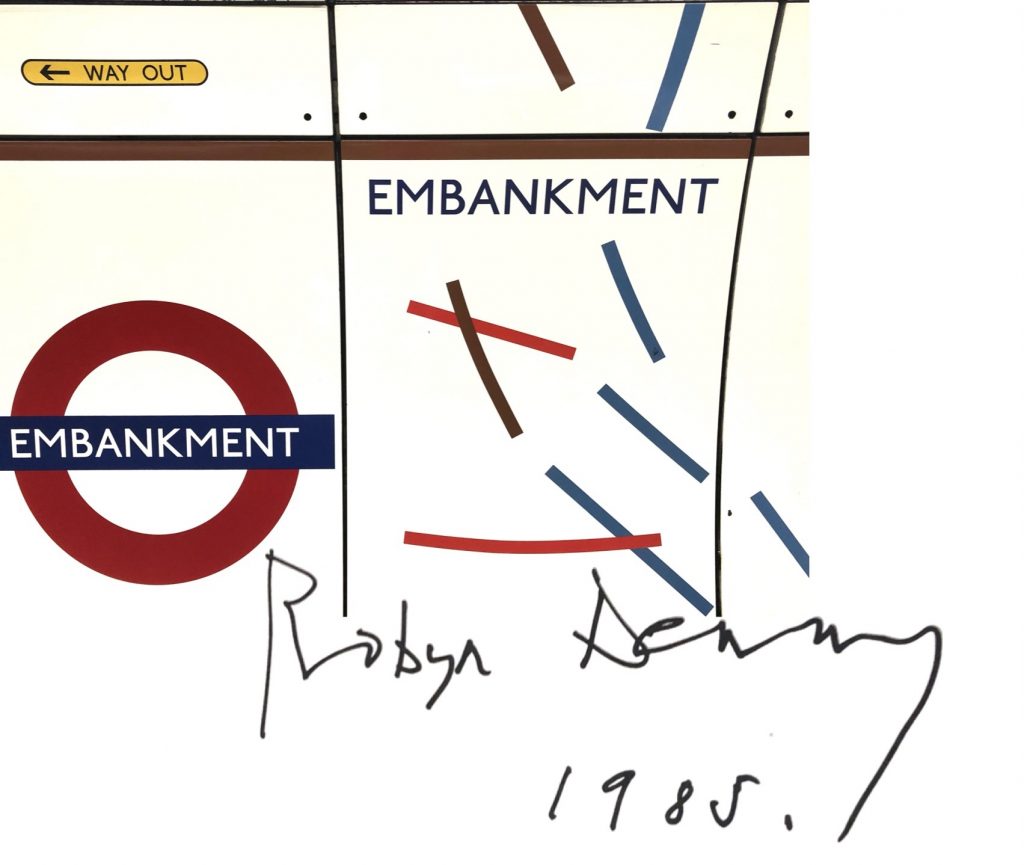Some London Underground stations differ from others by the amount of colours, different shapes and especially by their beauty. Some could even be defined as works of art.
We all know the stressful tube journey, tired after work, hundreds of other people are mindlessly standing next to us or even on the top of us. In such a case nothing is better than a little cultural experience that relieves us of our stress, prepares us for our next journey or makes sure that we arrive home with a smile on our faces.

Already at the beginning of the 20th century the then-manager launched an initiative to publish artworks on the rapidly expanding underground transport network. With this step he wanted to add another element to the identity of the underground which at the time already included the Johnston font, red circle and the iconic tube map.
Later in the 1980s these artworks started to fill empty spaces intended for advertising purposes and it wasn’t until 2000 when an official project called “Platform for Art” was created. And it is until today that passengers can enjoy a selection of temporary as well as permanent “exhibitions” at various stations throughout the London Underground network.
In 2007 “Art on the Underground” was launched. Till this day it brings temporary but also permanent artworks by both British and international artists to people on the London Underground to bring a new dimension to travel.
To link the Tate Britain experience directly with the journey, TfL decided to put one of the permanent exhibitions at Pimlico station. 1960s op-art work by Peter Sedgley covers the walls of the station and challenges perception of people getting off the train. Many of the local artist’s works can be found at Tate Britain. For example “Go” from 1968 that inspired the art on the tiles at Pimlico station.

Another local London artist has made it to Charing Cross. The Eleanor Cross built on the order of King Edward, gives the station its name and artist, watercolorist and engraver David Gentleman underlined this in his artwork “Cross for Queen Eleanor” which decorates the station walls. TfL did not end here and covered other platforms with artworks from the National Gallery which is only a few steps away after leaving the station.

Tottenham Court Road station presents the post-war art of Scottish artist Eduardo Paolozzi in the form of mosaic. This interprets everything the artist was fascinated by or interested in. Mechanisation, musical instruments, cameras, Egypt, butterflies. The cultural element on this station pays tribute to one of the most influential British artists of the 20th century. At Tottenham Court Road culture also awaits passengers as they exit the station. Artwork of French conceptual artist Daniel Buren has been decorating the station since 2016 with triangles, diamonds, circles and stripes sitting behind glass.

On bank of the Thames at Embankment station British artist Robyn Denny brings the abstract expressionism of the 50s and 60s to the travelling public. Shape of the Thames river was even an inspiration for the artist when he was asked to create an artwork for the station in 1988. The colours used are on the contrary inspired by the colours of the underground lines that stop at the station. Passengers who look carefully can also discover artist’s signature in the corners of the station.

Art and culture can be found anywhere. Even in everyday life. Such as travelling on the London Underground. We just have to keep our eyes open and look around.
Words: Zofia Sookyova | Subbing: Argia Hernandez | Photos: Zofia Sookyova


Be the first to comment on "Mind the gap and Art on the Underground"